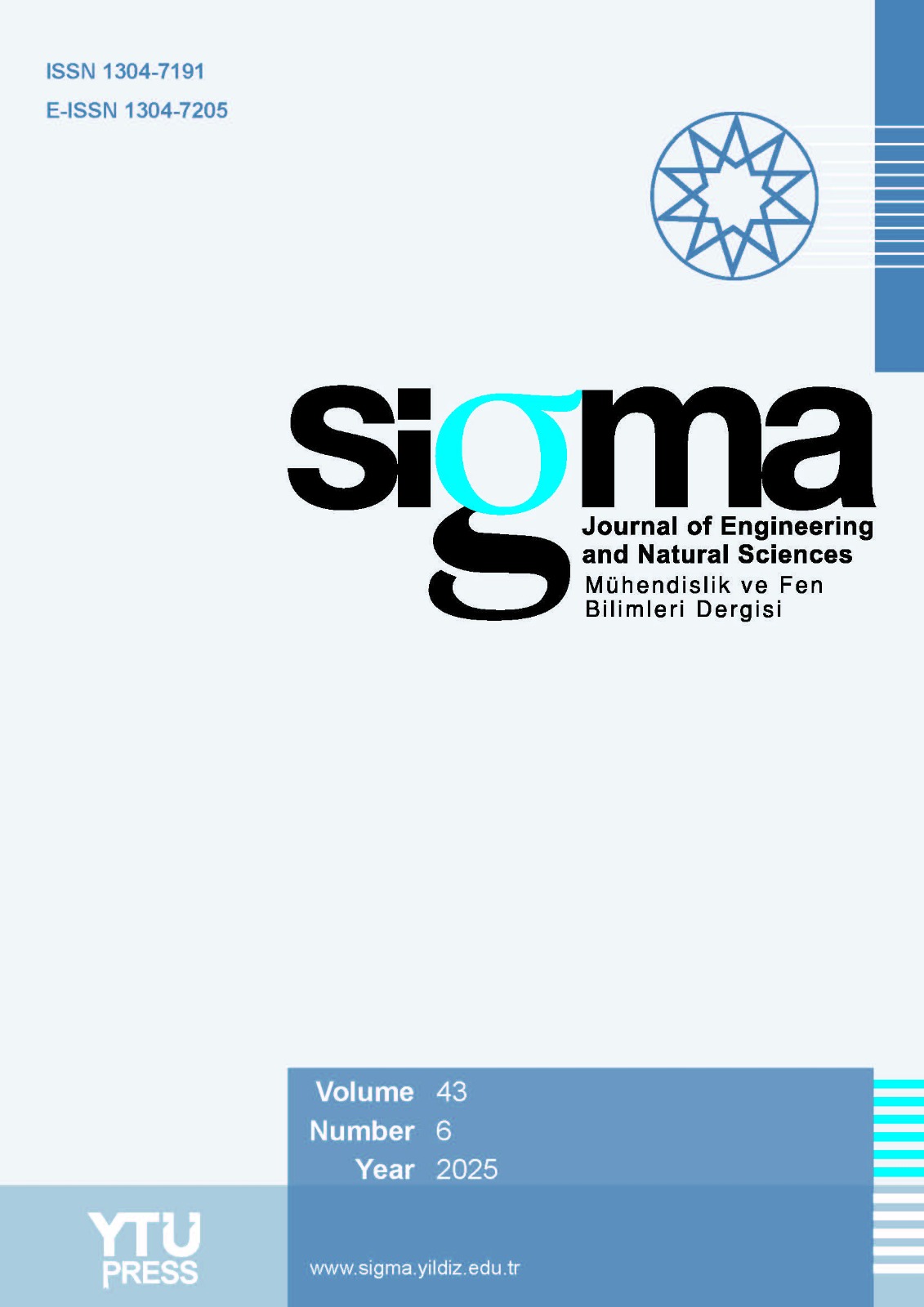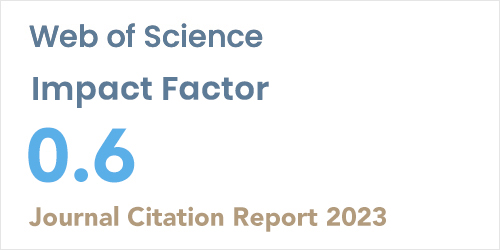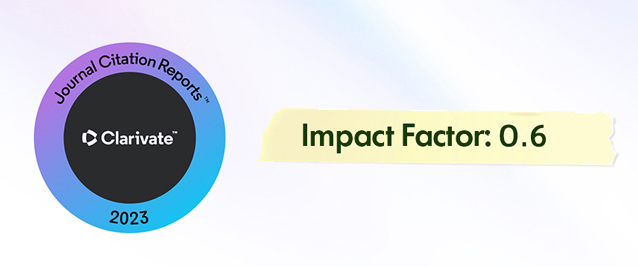2Department of Chemistry, College of Science, Mustansiriyah University, Baghdad, Iraq
3Applied Science Department, University of Technology, Baghdad, Iraq
Abstract
This study focuses on the microwave-assisted co-pyrolysis method, which recycles polypropylene (PP) and tea residues (TW). When utilising a KOH catalyst for co-pyrolyzing (PP: TW), the gaseous product yield dropped to 33.6%, but the oil and char yields rose to 34.8% and 31.6%, respectively. The maximum gas yield achieved by microwave co-pyrolysis without a KOH catalyst was 41.67 weight percent. In MACP of (PP: TW), 459 kJ of energy was consumed. Compared to co-pyrolysis without a catalyst, which had a synergistic impact on oil yield (-17.0) and char yield (-5.02), co-pyrolysis with a KOH catalyst has a synergistic effect that improves oil yield. While the maximal pyrolysis index (PI) without a catalyst is 88.12, it drops to 86.58 with the KOH catalyst. It shows how the KOH catalyst contributed to the pyrolysis process during the co-pyrolysis of polypropylene and tea waste. Uncatalyzed co-pyrolysis has more internal pore area. Finally, PP: TW char (123-196 m2 /g) is created. The gasses created during co-pyrolysis would have affected the char "pore area." Aromatic hydrocarbon selectivity was 93.6 %. CO-pyrolysis oil was 27% cycloalkanes and alkenes. In co-pyrolysis, cyclic aliphatic molecules and benzene derivatives generated dispersion of carbon. Most compounds were C8 (31.5%), C15-C24 (22.4%), and C9 (14.4%).














